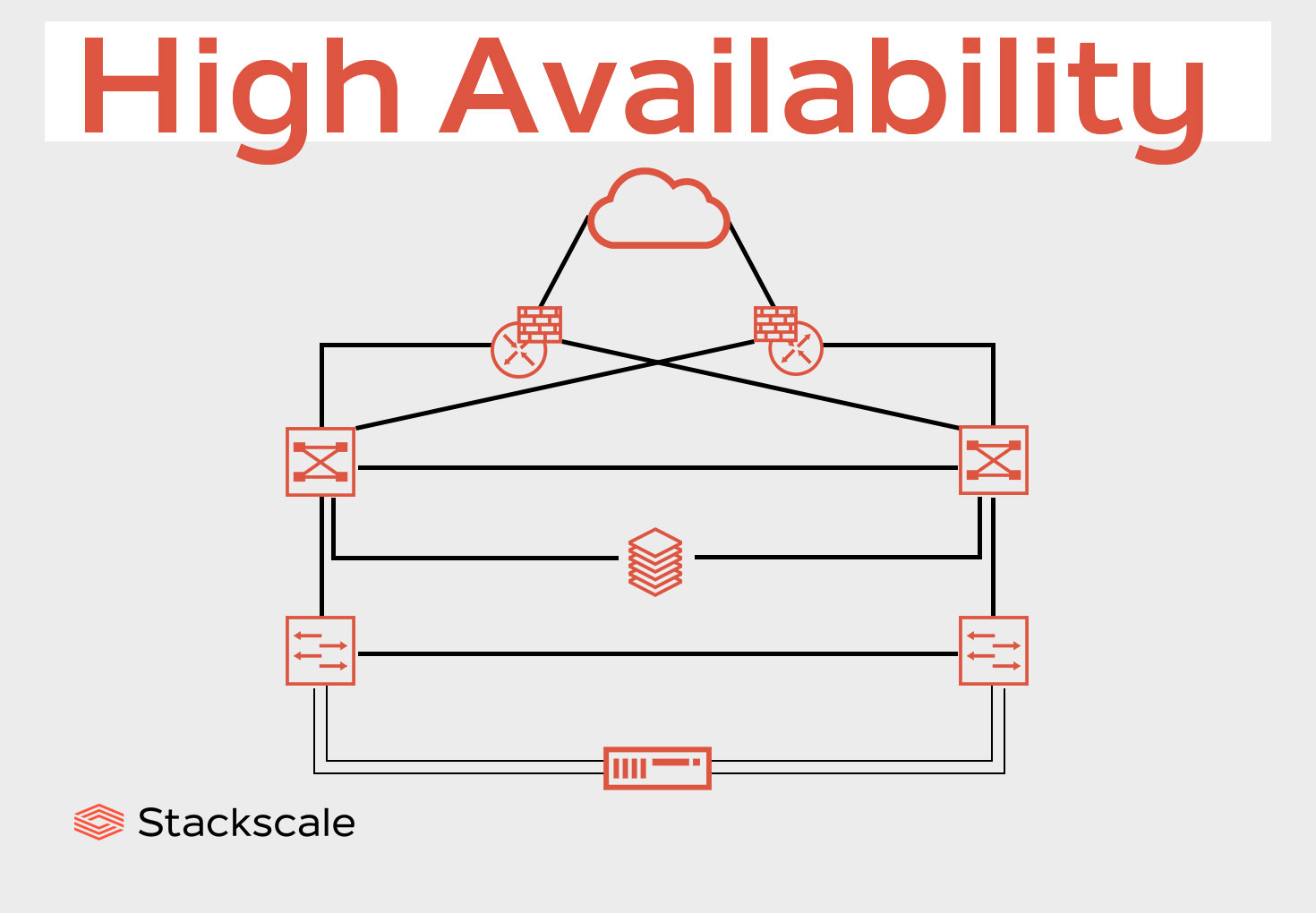High Availability

High Availability (HA) refers to the design and implementation of systems, services, or applications to ensure uninterrupted and reliable operation. The goal of high availability is to minimize downtime and maintain consistent access to resources, even in the face of hardware failures, software issues, or other disruptions.
Key characteristics of high availability include:
Redundancy: Systems are designed with redundant components, such as duplicate servers, network connections, and storage, to ensure that if one component fails, another can take over seamlessly.
Fault Tolerance: The ability of a system to continue operating in the presence of faults or failures. This often involves building in mechanisms that can detect and respond to failures without causing a service outage.
Load Balancing: Distributing incoming network traffic or workload across multiple servers or resources to prevent overload on any single component and ensure optimal resource utilization.
Monitoring and Alerting: Continuous monitoring of system health and performance, coupled with automatic alerts or notifications when irregularities or potential issues are detected. This enables proactive management and rapid response to problems.
Failover Mechanisms: The ability of a system to automatically switch to a redundant or backup component in the event of a failure, ensuring continuity of service.
Recovery Procedures: Well-defined procedures for recovering from failures, including data recovery and system restoration processes.
High availability is crucial for mission-critical applications and services where downtime can have significant financial, operational, or safety implications. It is commonly employed in various industries, including finance, healthcare, telecommunications, and e-commerce. Achieving high availability often involves a combination of hardware redundancy, software architecture considerations, and operational best practices. Technologies such as clustering, load balancing, and automated failover mechanisms play important roles in building highly available systems.
Thank you.